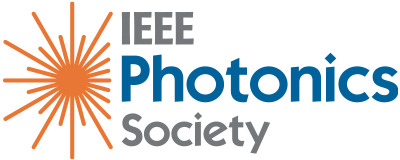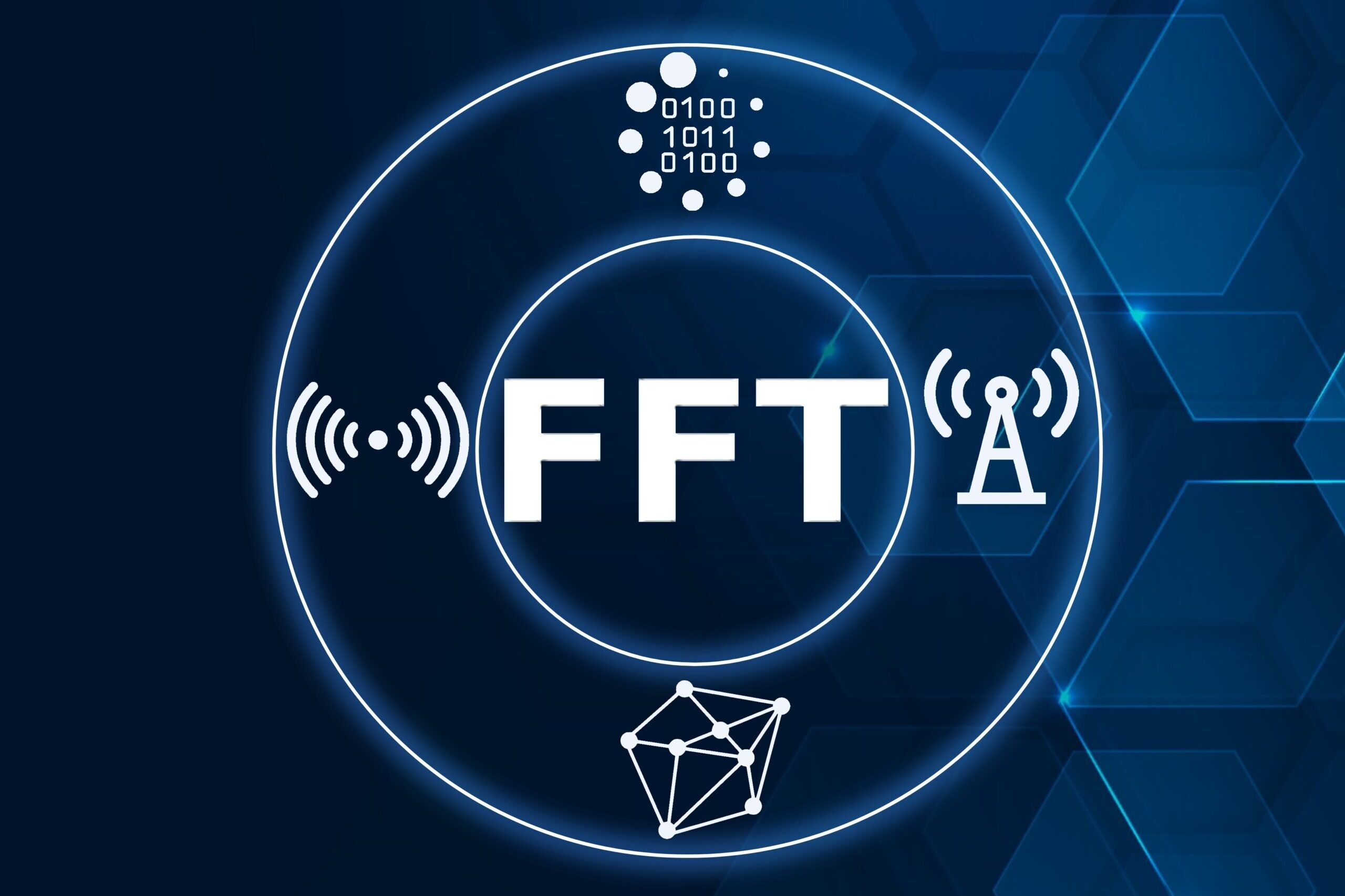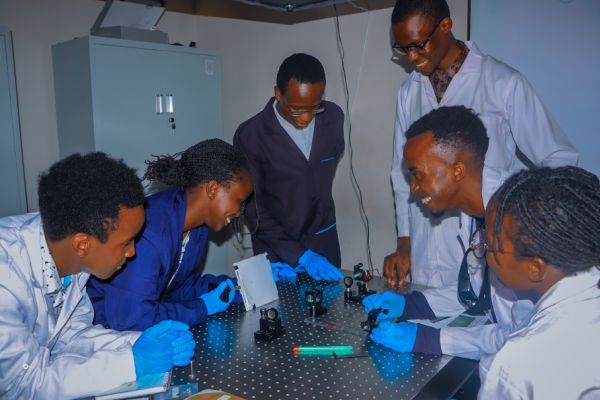By Matthew T. Posner, Ph.D.
Workforce and Photonics Education Director, Optonique
“If you want to be leading the world, you have to be learning,” states David Perring, Director of Research, Fosway Group as part of the recently published LinkedIn Learning report on “The Transformation of L&D”.
Learning and Development (L&D) is defined by the Association for Talent Development (ATD) as “a function within an organization that is responsible for empowering employees’ growth and developing their knowledge, skills, and capabilities to drive better business performance.” In Dec. 2020, Kim Congdon and Anthony Lewis published in this column how L&D provides competitive advantages for companies, from startups to Fortune 500. Can L&D become a competitive advantage for employees? This month’s column will offer perspectives on how individuals can grow a rich skill set in communication, collaboration, and evaluation to build a learning mindset by leveraging organizational structures.
Spoiler alert: engaging in L&D initiatives has the potential to benefit work in your technical domain, and beyond, throughout your career.
Communication
Taking complex ideas and being able to transmit these to colleagues and peers is incredibly powerful. You have been doing this for most of your life in one form or another. If you are closer to the end of a recent training program, such as an in company course or a university degree, the latest perspectives that you have gleaned can be extremely valuable. Now is the opportunity to apply what you have learned and shine in a new environment.
How do you find the space to “communicate”? What do you share? And why do this in the first place? To the latter question, sharing knowledge is a means to help others and pay your experience forward. Your peers may appreciate this by expressing gratitude, thanks, and encouragement. Some may have equally valid professional incentives to structure their learning. Professional Engineers, for example, need to carry out a certain number of hours annually as part of their professional accreditation, and attending a presentation in the context of a formally organized event might be helping them a lot more than you initially thought it could!
It is usually expected that an expert can lead a more formal learning session. Your experience is your expertise. It makes sense to start in your comfort zone, and if you are a technical individual reading this, you can think about sharing a project that you have recently completed. Seek out an opportunity to share this via a local network, peer learning group, or company learning platform. The formats are varied and include, without being limited to, lunch & learns or intra-departmental webinars. If you are looking for these structures, a line manager could be your first port of call and ally. “Showing managers how passionate we are […] can be a game changer,” writes Dr. Katie Chong for this column in April 2022, and indeed, it’s good to be able to communicate with them and gain buy-in early on that you are willing to help others in their learning as well. If you are pursuing some form of accreditation yourself, you may also be able to count this for your own professional development hours as a subject-matter expert.
Documenting your efforts is an invaluable asset in establishing a learning mindset within an organization. You can be creative in how you do this: doodle, blog, keep a diary, post on social media, and write on discussion forums. Increasing your writing and drawing fluency will pay off in written tasks that accompany engineering work, such as in producing standard operating procedures (SOPs), lab management documents, diagrams, and figures, as well as reference material for other engineers. Why bother when you can concentrate on doing important lab, prototyping, or production work? A recent research report by RedThread Research found that amongst the most used learning methods used by employees, there is a heavy reliance on written format, including but not limited to, pushout communications, reference materials, and SOPs. Writing communication skills will provide learning opportunities for coworkers, with a sustained impact if these are incorporated into a company’s information structure. The communication skills that you develop at an individual level can be used for greater transparency, efficiency, and learning across a complex organizational system. The next section dives deeper into ways you can contribute to intra-departmental efforts.
Collaboration
L&D has a low level of maturity across the photonics industry. The LinkedIn search tool provides some insights into this claim, by searching for these “L&D” job functions across the photonics industry. For companies of size 100-1000 people, a few L&D functions start to appear. Organizations reaching 1k-10k people start having dedicated staff, often located in the human resources departments. Companies with over 10k employees have a more structured approach, with L&D departments as well as professionals within business units. The large companies, however, remain a minority in the ecosystem, representing less than 10% of organizations across the photonics ecosystem according to industry reports from the photonics professionals societies of the SPIE and Optica.
Therefore, L&D will feel like you are in a startup at your organization. If you don’t know what that feels like, Dr. Sarmishtha Satpathy’s column in February 2022 provides an excellent close-up perspective to learn about pros, cons, and questions related to this type of structure. What should be stressed is the need for developing collaboration skills. There will be little redundancy and you will likely have to find ways to do intra-departamental work to secure funding, program visibility, marketing resources, as well as administrative support for logistics. Your communications skills will still come in handy, and the buy-ins from line managers will be important if you want to justify a more significant contribution on these types of projects. They are a promising way to gain experiences and responsibilities through stretch assignments as you carry out business tasks away from the day job. Working effectively with people from different backgrounds and different objectives requires a need to be willing to collaborate and understanding of different business problems.
A key aspect is identifying where you can contribute, and where you need help as an individual. Who are the people that will help you transfer your vision to the workplace? How can this be achieved in a Specific, Measurable, Achievable, Relevant, and Time-Bound, or SMART, manner? Networking within your professional organization can provide deep insights. You can search your company’s employee database or their LinkedIn presence to see if any keywords appear for “learning”, “education”, “networking”, “training” as part of job roles and experiences. Leverage employee resource groups (ERG), with specific interests to connect professionally, which will give you opportunities to get closer to thought leaders and pioneers. Share your interest at formal opportunities, such as annual reviews with your line managers that can incorporate discussions around development opportunities for you and complement this with informal networking. Sponsors, mentors and role models, both internal and external, are key to your success and can help in learning best practice to work within your organization.
Evaluate, Learn, Develop
“Fail fast. Learn faster” is a common saying across a world in search for the next innovation. How does this apply to learning and how do you apply it in an organizational setting? It can be helpful to apply evaluation models developed to assess your effort and the return on investment. As an entry-level example, your job description may be a good place to evaluate your performance. How much did you learn about your daily responsibilities in the first 3, 6, and 9 months in the organization? How did you enjoy it? How did your behavior change as a result? Did you impact the business goals? If you are able to answer some of the questions, then you are moving towards a deep level of learning, and gathering evidence of changes in your behavior, with evidence of an impact on the business results, as well as keeping your line managers happy and the results accomplished. These depths of learning can map back to industry standard evaluation frameworks. A common one used is the Kirkpatrick model. Developed in the 1950s for assessing learning in production lines, it has evolved and maintained a significant impact across the industry. The ATD recently republished the framework in 2016, evidence of its relevance today.
Your work group may have certain key performance indicators. For example, if you’re working on a production line, you can look at trends. If a process causes stoppage and delay in production to deliver a part to a customer, how many times has this happened over a certain period. If you study something to change your behavior to implement a solution, can you quantify the change after the solution has been implemented? This can be applied to a personal level, but also used in affinity groups, as well as intra-departmental work in talent and training programs.
As you develop your expertise in using these tools, these have the potential to be transferred and incorporated into wider Learning and Development initiatives. A common practice is of setting baselines, having objectives, and look to evaluate after an intervention. Reflective tools are powerful in being able to provide lessons learned and they can be important indicators towards assessing a vision, both at a personal level and at an organizational level.
As scientists and engineers, we appreciate the importance of data and using it for our technical work. The learning data is of a different nature, full of uncertainty and multivariate parameters, but leaves for a tremendous growth opportunity if we apply it strategically. Applied with communication, collaboration and evaluation, there are opportunities to grow and make an impact on your development, that of your organization’s, and beyond.
More Tools and References
Where do you go next?
• Local employee resource groups (ERG) in your organization.
• Professional networking groups with a learning part of their educational mission.
• LinkedIn Learning for a more structured approach on Learning and Development.
Become an L&D Professional https://www.linkedin.com/learning/paths/become-an-l-dprofessional-4
LinkedIn Learning, “The Transformation of L&D”, Workplace Learning Report, 2022 https://learning.linkedin.com/content/dam/me/learning/ en-us/pdfs/workplace-learning-report/LinkedIn-Learning_ Workplace-Learning-Report-2022-EN.pdf
Association for Talent Development, www.td.org
“Learning Methods: Which Do Your Employees Use?” RedThread Research, https://redthreadresearch.com/learning-methods-whichdo-your-employees-use/?
Optica Industry Reports, “Optics and Photonics: The Impact on a Global Economy,” Optica Industry Report, 12 (2022). SPIE, the International Society for Optics and Photonics, “Optics & Photonics Industry Report 2022,” (2022).
About the Author

Matthew Posner is a Workforce and Photonics Education Director at Optonique, Montreal, QC, Canada. In his role, he oversees programs for talent pool growth, professional development, and photonics education for the photonics industrial ecosystem of Quebec province. He obtained an MEng in electronics engineering from the University of Southampton in 2013 and a Ph.D. from the Optoelectronics Research Centre, University of Southampton in 2017 in the subject area of photonic integrated circuits and planar Bragg gratings for applications in quantum science and sensing. His experience in education and semiconductor processes led him to a Process Scientist and Learning & Development role at Excelitas Technologies, Montreal, QC, Canada, where he specialized in material processes for semiconductor photodetectors and management of professional development programs. Matthew is an active science communicator and passionate about “getting the science out of the lab”. He is an early-career member of Optica, SPIE, IEEE Photonics Society, through which he supports outreach education and public engagement activities. Matthew is Chair of the IEEE Photonics Society Chapter of the Montreal Section and a member of the IPS Industry Engagement Committee. He has been actively involved as conference organizer for the Montreal Photonics Networking Event (2019-present) and the University of Southampton’s Optics and Photonics Society (2013-2018) as Student Mentor, President and Outreach Officer. Matthew is fluent in English and French, and proficient in Spanish and Mandarin. In his free time, Matthew cycles, climbs and goes mountaineering.
About this Column
This is a regular column that explores business aspects of technology-oriented companies and in particular, the demanding business aspects of photonics startups. The column touches on a broad range of topics such as financing, business plan, product development, program management, hiring and retention, manufacturing, quality, sales methodology and risk management. That is to say, we include all the pains and successes of living the photonics startup life.
This column is written sometimes by Daniel Renner, the column editor, and sometimes by invited participants, so that we can share multiple points of view coming from the full spectrum of individuals that have something to say on this topic. At the same time, this is a conversation with you, the reader. We welcome questions, other opinions and suggestions for specific topics to be addressed in the future.
The expectation for this column is to provide useful business-related information for those who intend to start, join, improve the operation, fund, acquire or sell a photonic startup. A fascinating area that can provide enormous professional reward to those engaged in it.





